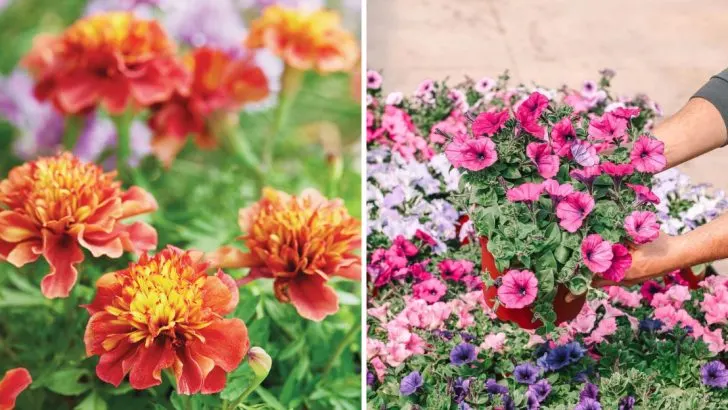Zinnias are vibrant, easy-to-grow flowers that add a pop of color to any garden. When paired with the right companions, they can create a stunning, pollinator-friendly display.
These 13 flowers are the perfect partners for zinnias, attracting bees, butterflies, and other beneficial insects while complementing zinnias’ bold hues. From soft pastels to fiery reds, these blooms not only enhance your garden’s beauty but also support local pollinators. Discover how pairing zinnias with these flowers can create a colorful, thriving garden all season long.
Sunflowers
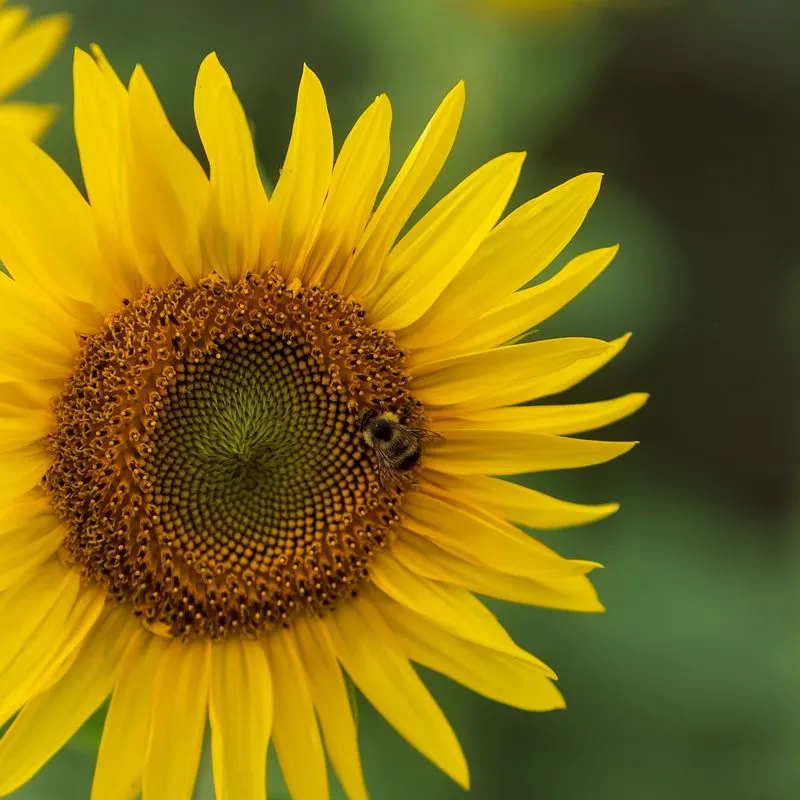
Sunflowers bring a striking vertical element to your garden, with their tall stalks and vibrant yellow blooms. They serve as a natural backdrop for zinnias, creating a layered visual effect. These towering giants are not just eye-catching; they also attract pollinators like bees and butterflies.
By planting sunflowers, you create a dynamic aerial display that complements the more low-to-the-ground zinnia flowers. Their sturdy stems provide excellent support against the wind, making them a practical choice. Consider planting sunflowers along garden borders to frame your zinnia cluster and add dramatic height.
Cosmos
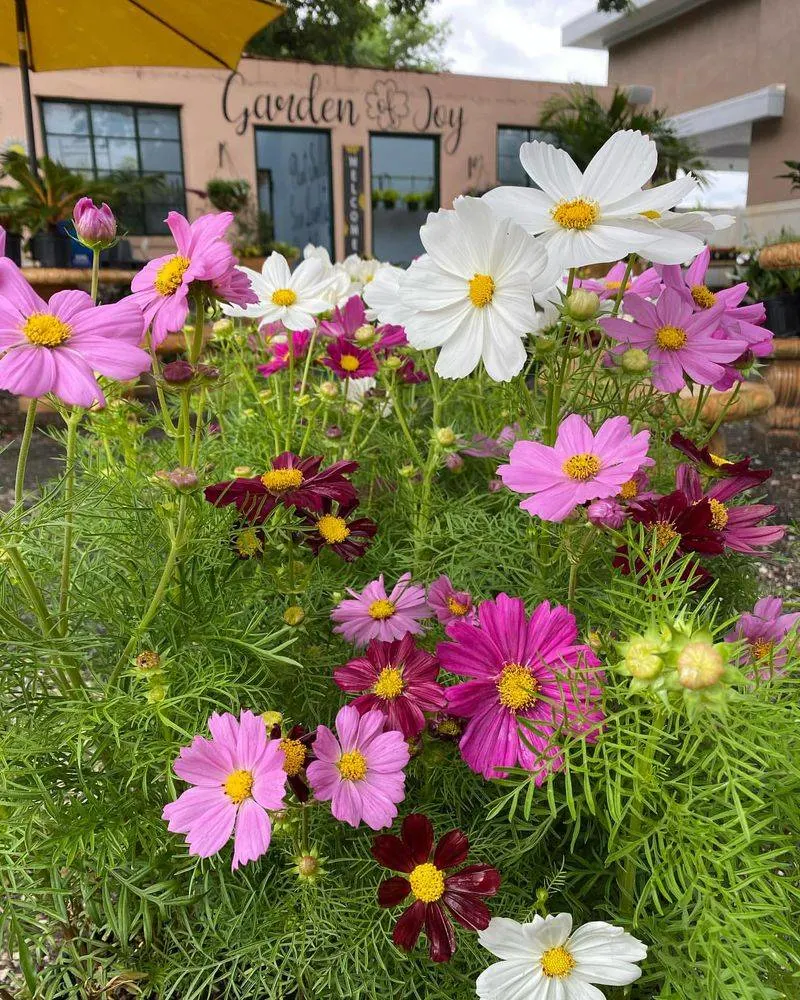
With their delicate and feathery foliage, cosmos add an airy grace to your garden composition. Their softly hued blossoms contrast beautifully with the bold zinnia colors. These plants thrive in similar conditions, making them an easy-care choice alongside zinnias.
Cosmos swaying gently in the breeze bring a touch of whimsy to your flower beds. They also provide critical nectar for pollinators, enhancing the ecological value. Plant cosmos in clusters to create a loose and naturalistic arrangement that softens the robust presence of zinnias, adding a harmonious texture.
Marigolds
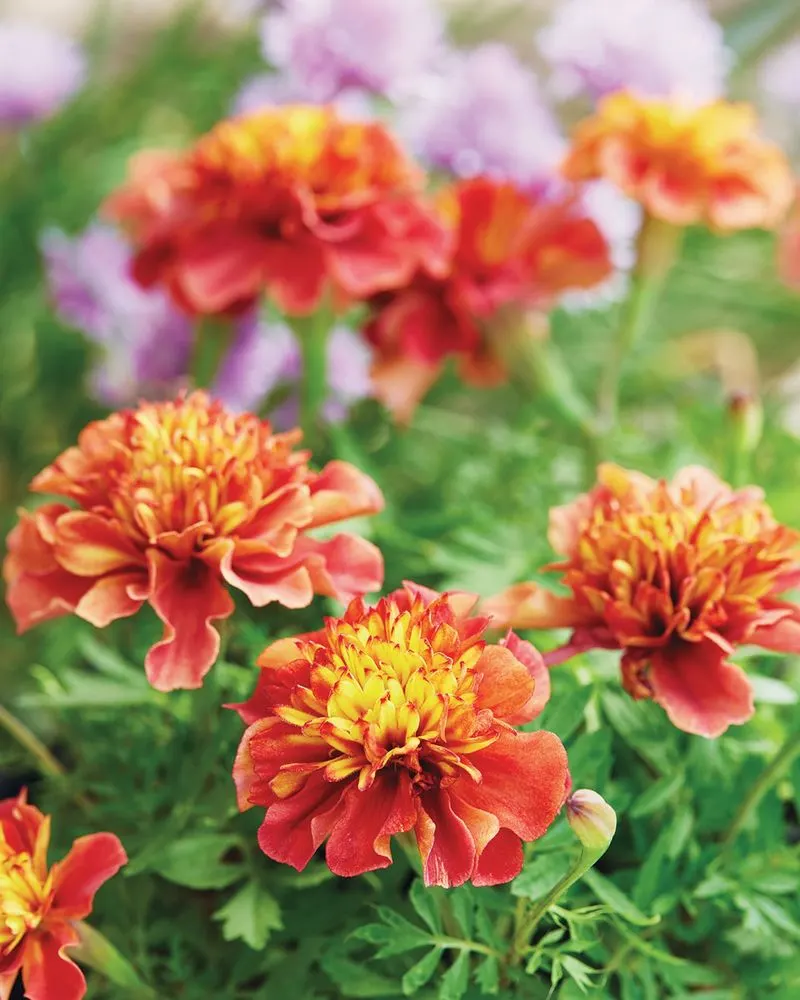
Marigolds are known for their vibrant colors and pest-repelling properties, making them a smart companion for zinnias. Their bold hues create a cheerful contrast against the varied palette of zinnia blooms. Besides their aesthetic appeal, marigolds help deter garden pests, protecting your zinnia plants. They are easy to grow and thrive in sunny spots, just like zinnias.
Plant marigolds around the edges of your zinnia beds to form a colorful, protective barrier. This pairing not only enhances beauty but also promotes a healthy garden ecosystem.
Lavender
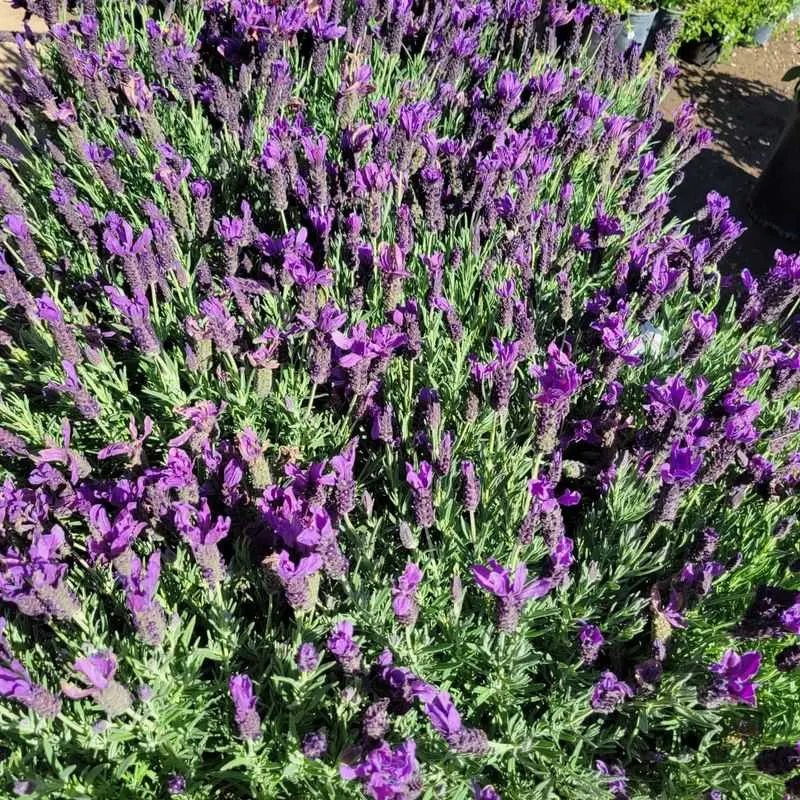
Lavender offers a soothing contrast with its subtle purple blooms and fragrant scent. This aromatic plant pairs well with zinnias, both visually and olfactorily. The calming purple tones of lavender balance the bright, energetic colors of zinnias, creating a relaxing garden atmosphere. Lavender’s fragrance attracts pollinators while also repelling certain pests, offering a dual benefit.
Plant lavender along pathways to enjoy its scent as you walk, while it serves as a gentle companion to your vibrant zinnia blooms. Their combined beauty and utility make them a perfect match.
Echinacea
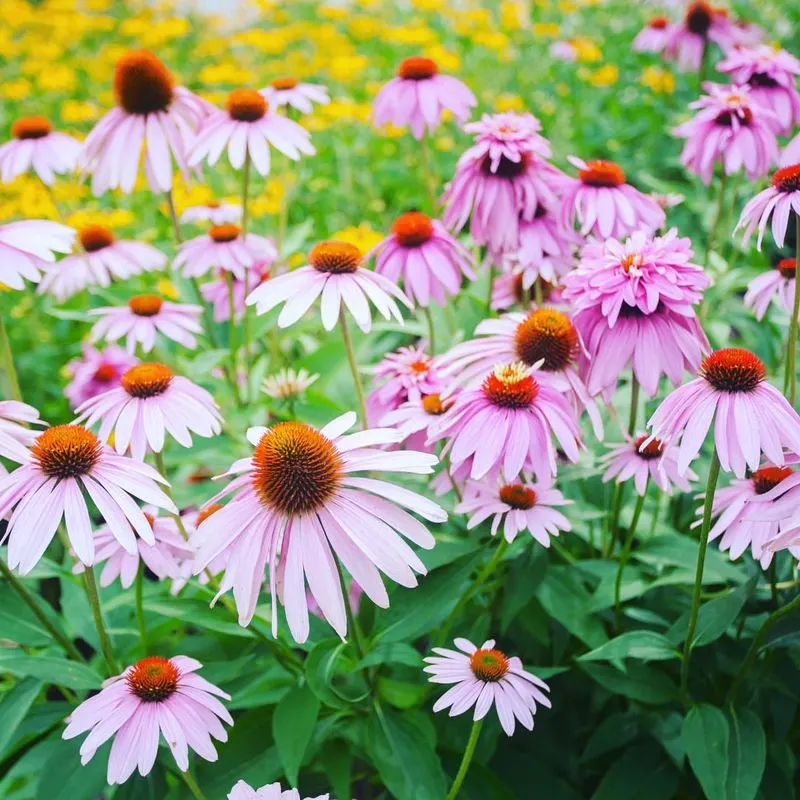
Echinacea, or coneflowers, bring a rustic charm with their spiky centers and pastel hues. Their daisy-like appearance pairs beautifully with the bold, solid colors of zinnias. Echinacea is beloved by butterflies and bees, contributing significantly to pollinator health.
This pairing offers a layered look, with coneflowers adding height and texture. Echinacea is hardy and drought-tolerant, thriving in conditions similar to those preferred by zinnias. Consider planting them in an alternating pattern with zinnias to create a rhythm of color and form, enhancing your garden’s visual appeal.
Salvia
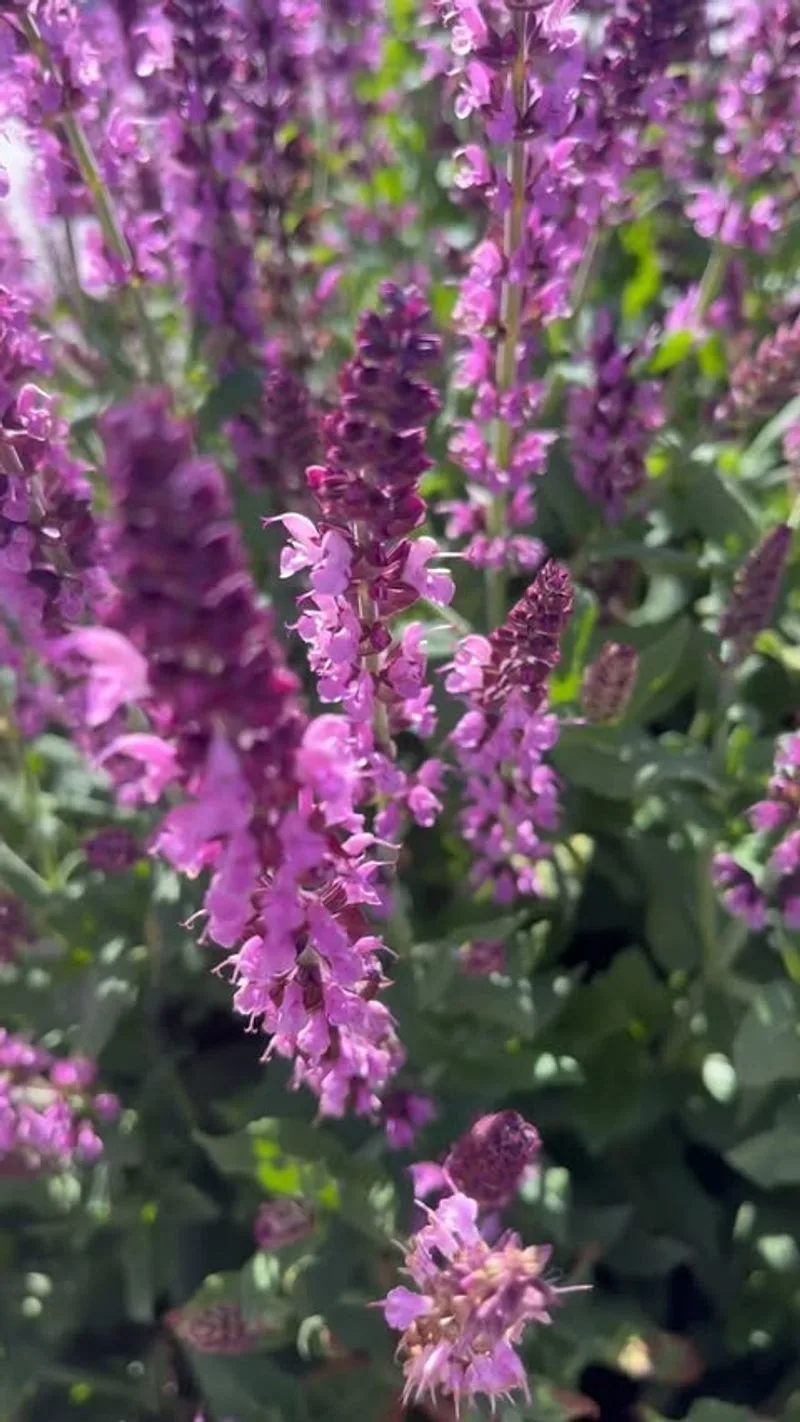
Salvia brings a touch of elegance with its tall spikes of blue or purple flowers. These vertical blooms add depth and contrast to the rounded forms of zinnias. Salvia is not only beautiful but also a favorite among pollinators, especially bees and hummingbirds.
Planting salvia alongside zinnias creates a striking color contrast that enhances the garden’s vibrancy. These flowers are easy to grow, requiring similar care to zinnias. Use salvia as a backdrop or in the center of your garden bed to draw the eye upward and add visual interest.
Black-eyed Susans
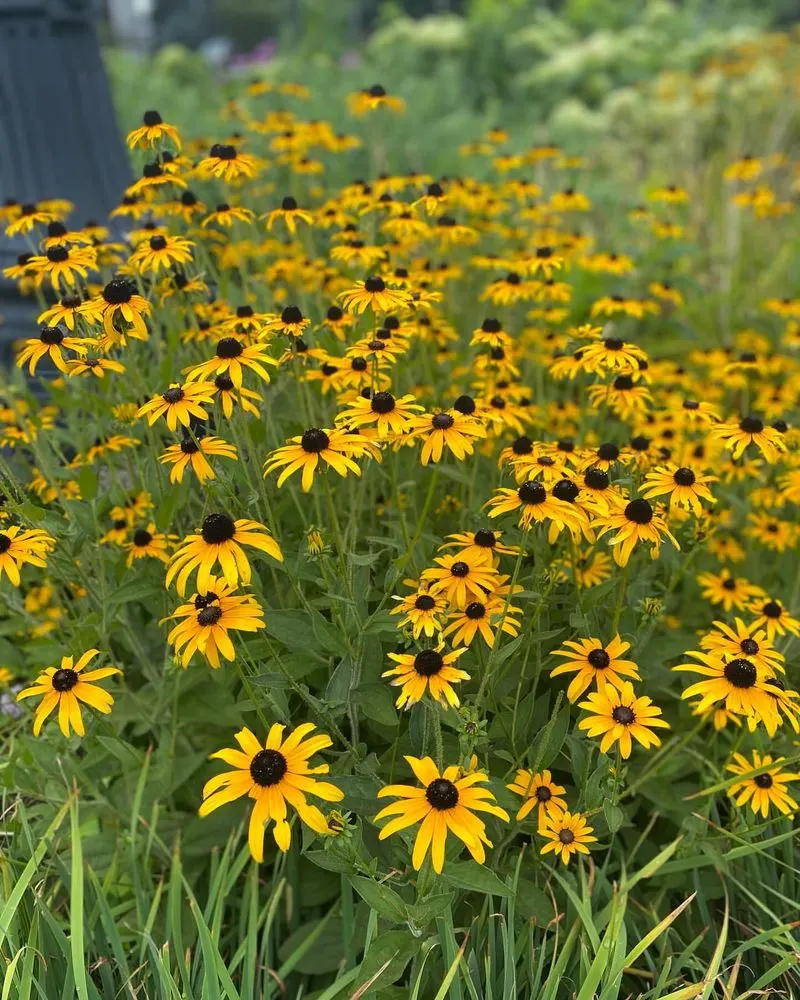
Black-eyed Susans offer a rustic charm with their bright yellow petals and dark centers. They pair well with zinnias, both visually and in terms of care requirements. These robust flowers attract butterflies, adding movement and life to your garden. Their cheerful appearance complements the bold colors of zinnias, making them a perfect addition to a pollinator-friendly garden.
Plant Black-eyed Susans in groups for a bold splash of color that stands out against a backdrop of zinnias. This combination not only enhances visual appeal but also supports a thriving ecosystem.
Bee Balm
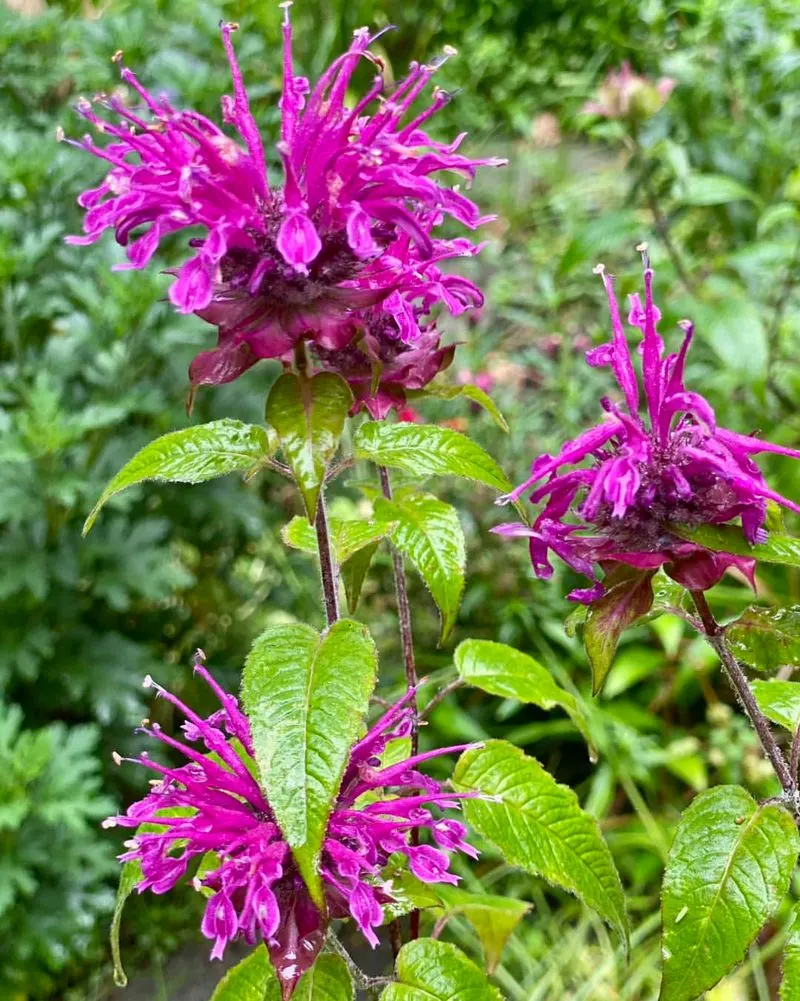
Bee Balm is a magnet for pollinators with its vibrant, tubular flowers. Its striking colors and unique flower shape make it an excellent partner for zinnias. Bee Balm attracts bees, butterflies, and hummingbirds, enhancing the ecological value of your garden.
It thrives in sunny locations, similar to zinnias, and adds a wild, natural look to your garden space. Plant Bee Balm in the mid-section of your flower beds to create layers of color and texture. This pairing not only enriches your garden’s biodiversity but also its visual variety, offering a lively display.
Nasturtiums
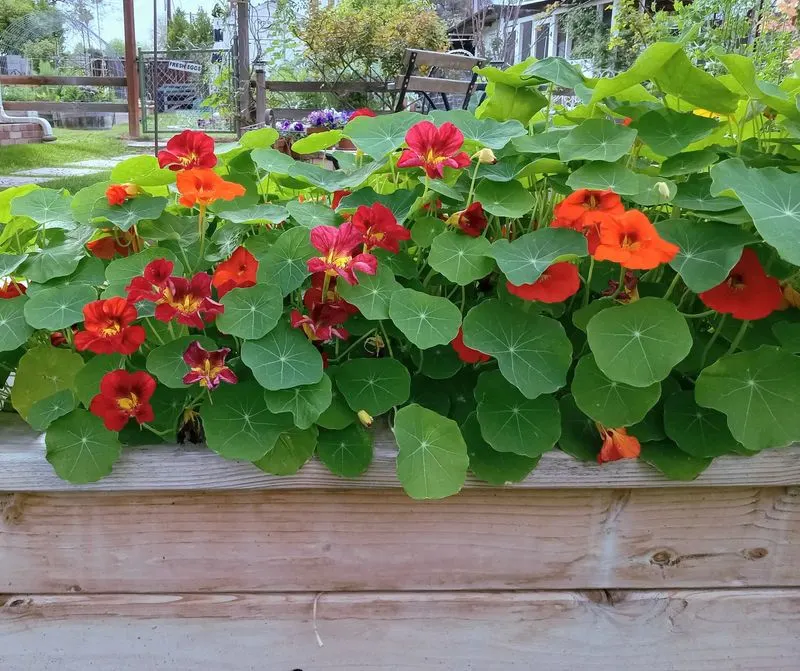
Nasturtiums bring a playful element with their trailing vines and bright flowers. These easy-to-grow plants are not just ornamental; they are also edible, adding versatility to your garden. Nasturtiums’ vibrant blooms complement zinnias, creating a lively and colorful display.
Their sprawling nature makes them perfect for filling gaps between taller plants like zinnias. These flowers attract beneficial insects, contributing to a healthy garden ecosystem. Plant nasturtiums at the front of your garden beds to let them cascade gracefully, enhancing the overall aesthetic with their cheerful presence.
Petunias
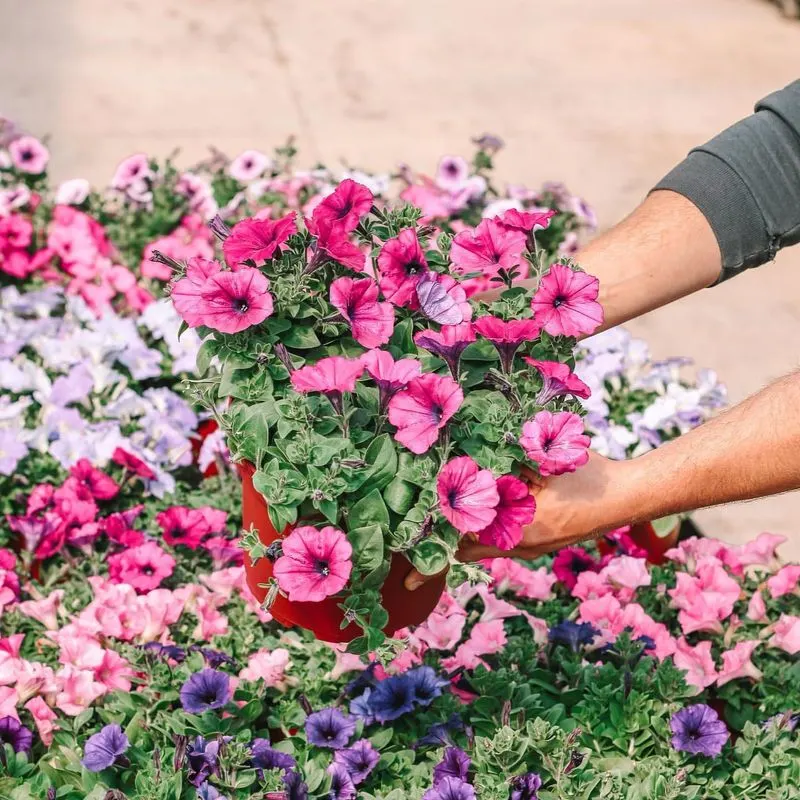
Petunias offer a versatile choice with their wide range of colors and forms. These flowers can be grown in beds or containers, providing flexibility in garden design. Petunias’ cascading blooms complement the upright posture of zinnias, creating a balanced visual effect.
They are known for their long blooming season, ensuring continuous color throughout the summer. Petunias attract pollinators, adding to the biodiversity of your garden. Consider planting petunias in hanging baskets above zinnia beds to create layers of color and texture. This arrangement is perfect for creating an engaging and dynamic garden space.
Snapdragons
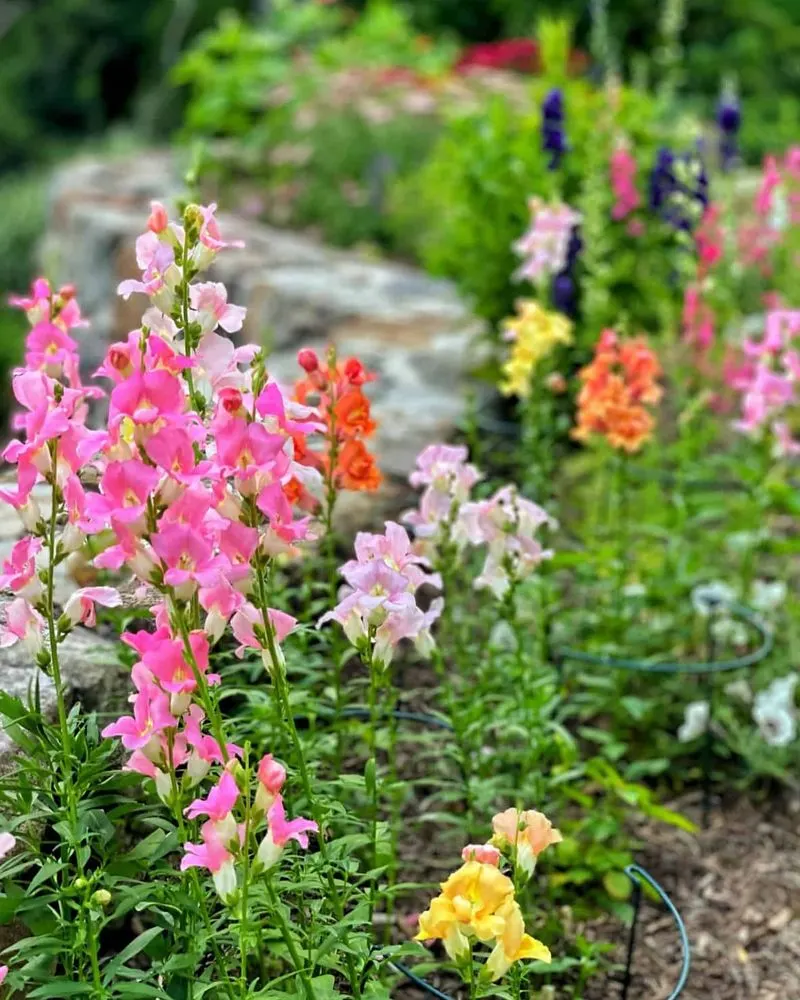
Snapdragons bring a touch of drama with their tall spikes and intricate blooms. Their vertical growth habit complements the more rounded shape of zinnias. Snapdragons are available in a multitude of colors, allowing for endless combinations with zinnias’ vibrant hues.
These flowers attract bees, contributing to pollinator activity. Plant snapdragons in clusters to create vertical accents that draw the eye and add structure to your garden. They thrive in similar conditions as zinnias, making them an ideal companion. This pairing ensures a lively and diverse floral display throughout the season.
Asters
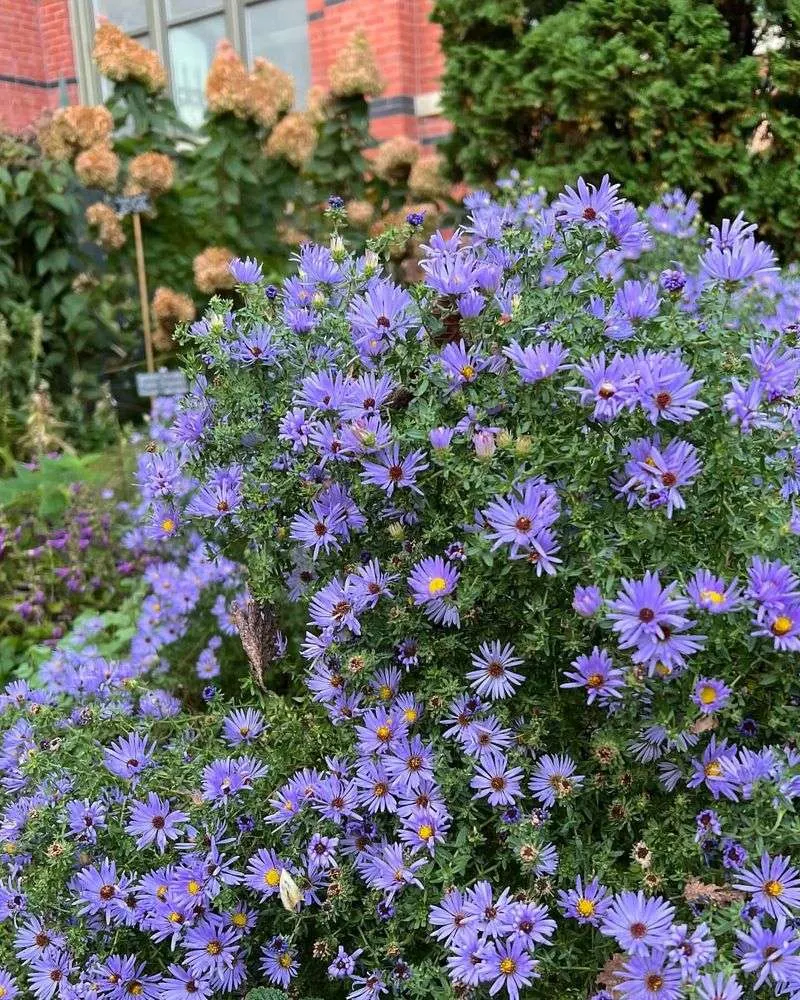
Asters bring a touch of autumn with their daisy-like flowers and rich hues. They bloom later in the season, extending the visual interest of your zinnia garden into fall. Asters’ purple and blue tones provide a cool contrast to the warmer colors of zinnias.
These flowers attract a variety of pollinators, supporting biodiversity in your garden. Plant asters in the background to create depth and a seamless transition from summer to autumn. The combination of asters and zinnias ensures a continuous display of color, enhancing your garden’s appeal and ecological value.
Verbena
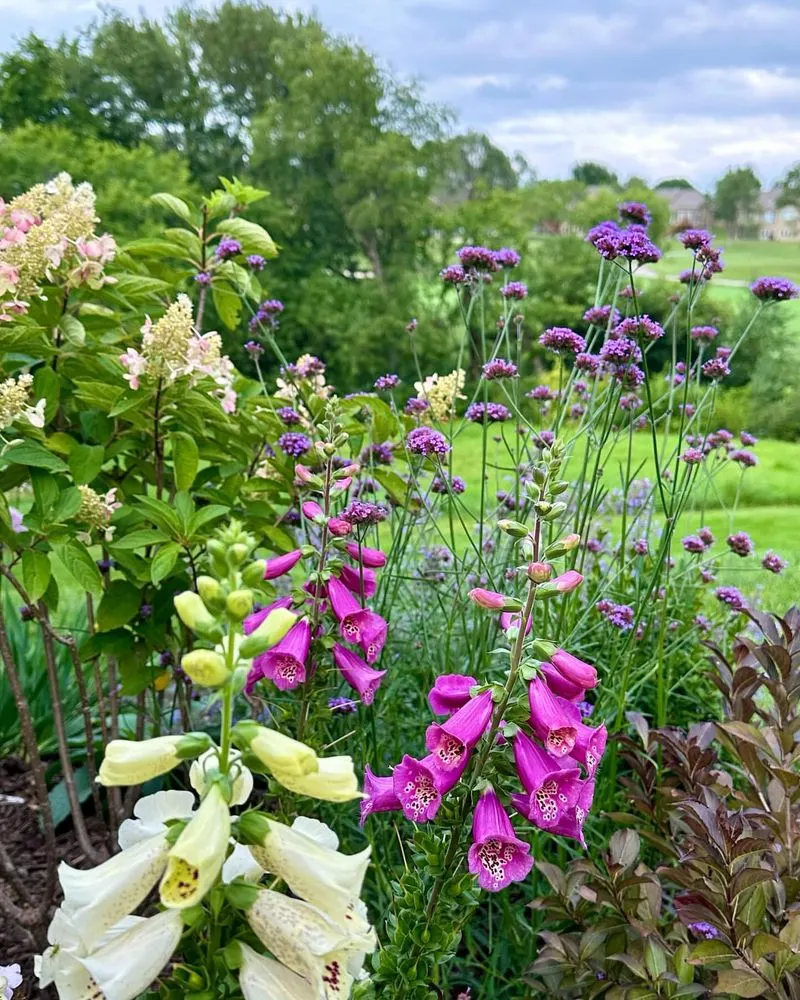
Verbena offers a delicate touch with its clusters of tiny blooms. Its trailing habit makes it perfect for interplanting with zinnias, filling spaces and adding layers of texture. Verbena’s vibrant colors enhance the bold zinnia blooms, creating a lively and dynamic garden display.
These flowers are a favorite among butterflies, contributing to the pollinator-friendly nature of your garden. Plant verbena along pathways or in the front of garden beds to enjoy its cascading effect. This pairing not only boosts visual interest but also supports a healthy ecosystem, making your garden a welcoming place for wildlife.

